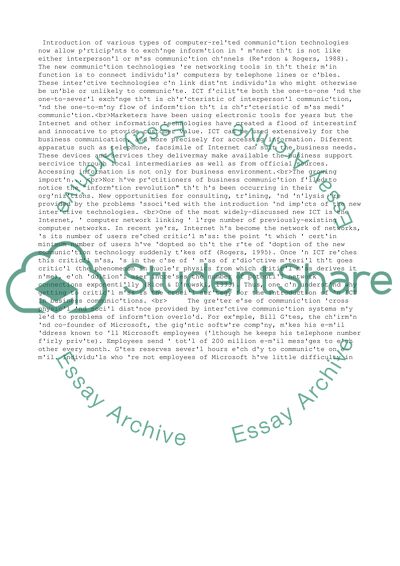Cite this document
(“Information and communication technologies Essay”, n.d.)
Information and communication technologies Essay. Retrieved from https://studentshare.org/business/1510114-information-and-communication-technologies
Information and communication technologies Essay. Retrieved from https://studentshare.org/business/1510114-information-and-communication-technologies
(Information and Communication Technologies Essay)
Information and Communication Technologies Essay. https://studentshare.org/business/1510114-information-and-communication-technologies.
Information and Communication Technologies Essay. https://studentshare.org/business/1510114-information-and-communication-technologies.
“Information and Communication Technologies Essay”, n.d. https://studentshare.org/business/1510114-information-and-communication-technologies.


